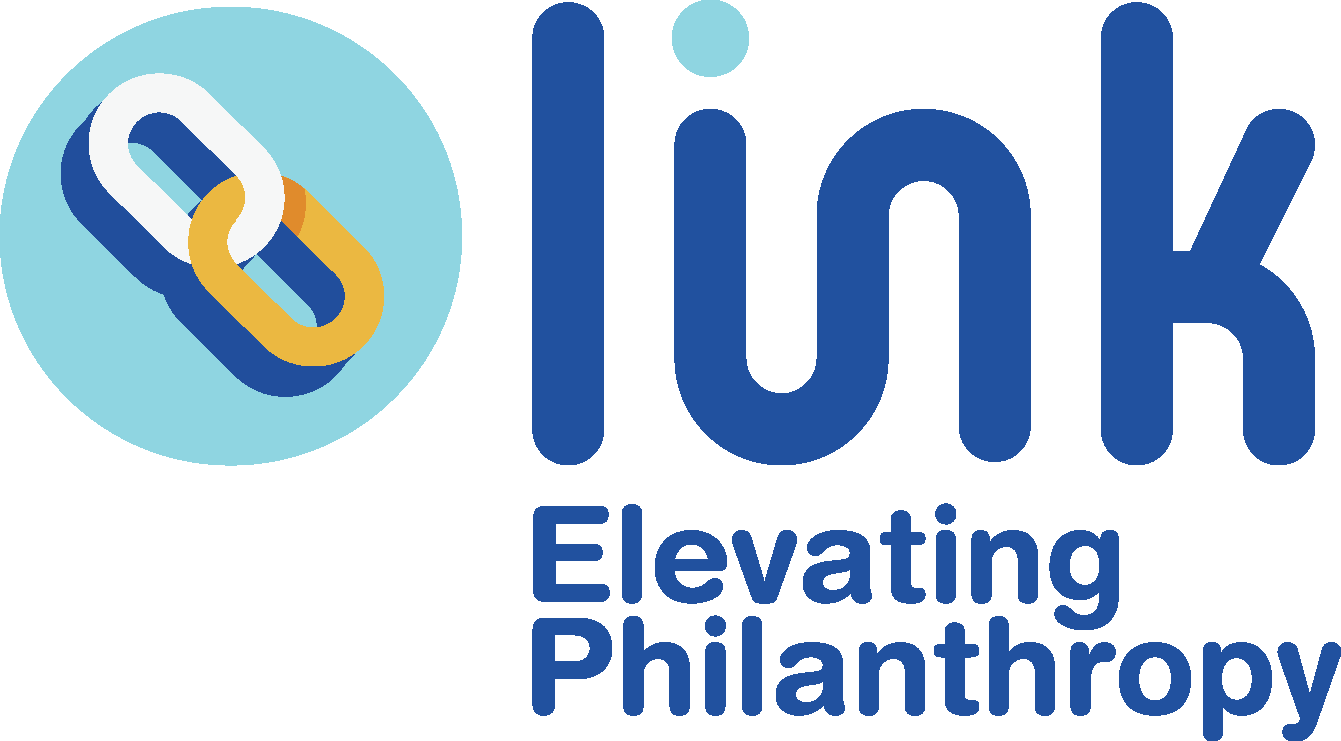How to Build a Team Around a Successful Legacy Giving Program
It starts with you.
The person that understands that legacy giving is a vital component to a successful legacy giving (or, planned giving) program.
One that grows and scales so that no matter who steps in, a mature program churns away. It takes time, and resources, to build a program like that.
Most importantly, it takes the right people to create something that sustains.
Development staff:
Certainly, you will need staff that has the responsibility to bring dollars to the organization.
People that raise money for an organization, whether they are formally a “fundraiser” in their job title or the executive director or an office manager, are in my opinion the most important staff you have. Without funds, your organization could not exist.
Think about it. You can have fantastic programs, a supportive board but what will you do without the money to implement it?
Your development staff is the frontline, the face of the organization. For a successful legacy program, any person that interfaces with donors need to know about legacy giving and understand your legacy message.
The staff that actually have the solicitations need to be trained and skillful at having the legacy conversation.
Finance department:
If you set it up correctly, once your legacy program is moving along you will start to get gifts. Amazing!
Someone at the organization will need to be involved to close the gift and record it properly. This can be anything from a simple stock transfer to a more complex gift like a charitable trust.
Know who is the point person before those gifts start coming in (because they will) and you don’t want to scramble at the last minute.
Lay leadership:
I have said it before, and it always bears repeating – your legacy program will not reach its potential without the support of your board. Their support is shown in a variety of ways.
· Make a legacy gift
· Pitch legacy gifts at board meetings
· Assist in legacy giving solicitations with key constituents
· Approve a legacy budget for staff, marketing, events, etc.
· Understand that legacy giving is a long-term plan – they understand that gifts will not flow in the short-term. It may take years.
Marketing and communications:
Oh, marketing, how planned giving loves you. It is a perfect match. Why? Marketing is a way to visually tell the story of the future of your organization, and why legacy giving is so important to the organization and the donor.
It will tell donor stories that your prospect can relate to, and disseminate your legacy message to a broader number of people than you could ever meet with one on one.
It will encourage donors to self-identify themselves to you so that you can better engage with them. It will explain legacy giving vehicles so that they may bring this information to their own advisors.
Do you need to spend a lot on fancy brochures and newsletters? Not necessarily. There are a lot of ways to do it well when you are on a tight budget. See here for some examples.
IT:
Whoever does the IT functions in your organization will become your friend.
This individual will help you query the donor database for legacy giving prospects; help you code or flag prospects and donors to help with moves management; track the donors legacy gift as well as annual giving so assure it maintains or increases; input notes and comments to be able to tell the story of the donor and their gift, and lots more.
Your IT person will be able to help you create systems to make managing the program, well, more manageable!
Legacy Giving Consultant:
I get it – you are on a budget, or you are a self-starter that likes to create programs on your own.
Of course, you can hire a consultant for “done for you” services, but it is not necessary in every case.
Using a legacy giving consultant can save you time and money by examining your existing program, creating a strategic plan….
These services will still allow you to create the program with clarity and a roadmap to follow. You’ll spend less time on the internet trying to piece it all together, and more time raising money.
Are you curious about working with a consultant? Contact me for a free consultation at lori@everydayplannedgiving.com
Join our free closed Facebook Group at www.facebook.com/everydaypg


